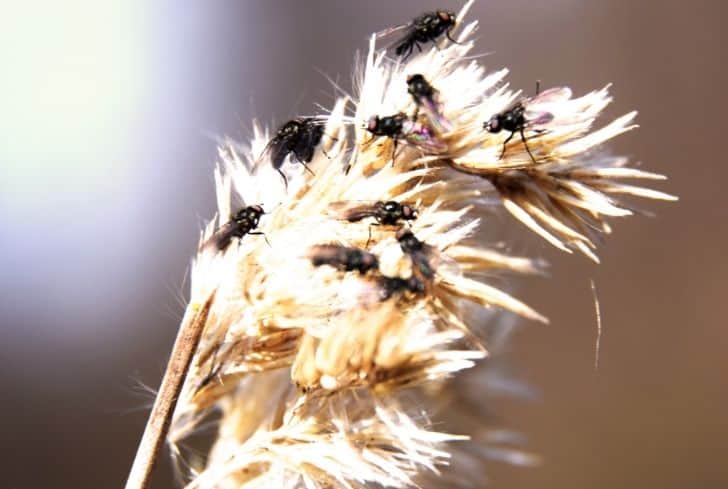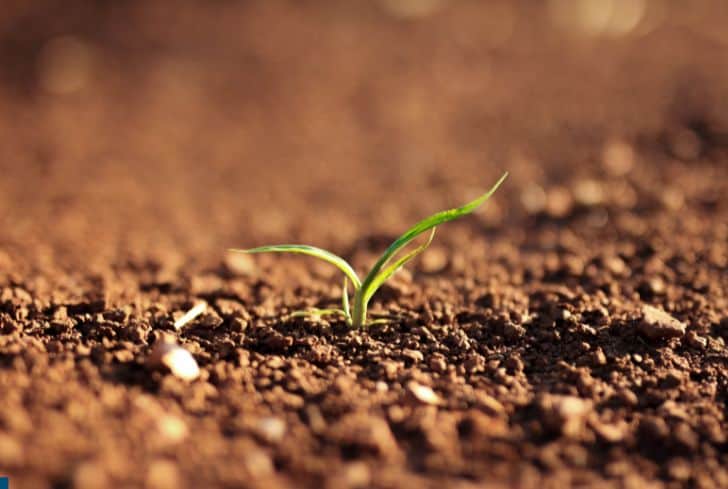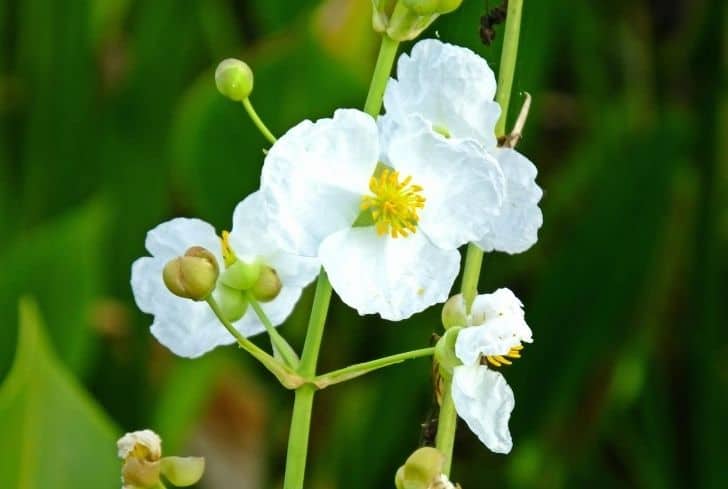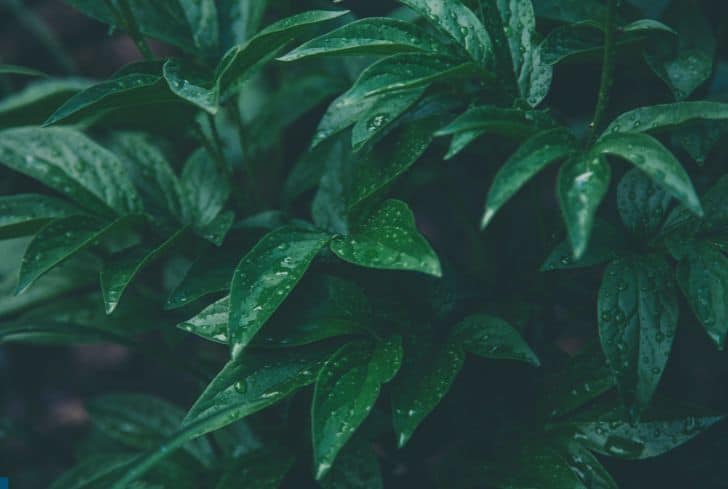Do Plants Attract Flies? (And How to Prevent Flies)

Flies can be a nuisance. The buzzing sounds they make are annoying, especially in enclosed spaces where they have no way of getting out. They can be found almost anywhere inside and outside the house. However, they’re more attracted to rotten foods and some scents.
Additionally, flies can be attracted to waterlogged plant pots and plant debris. Hence, some houseplants may be desirable to them in these situations. High humidity and a lack of air ventilation also attract them.
Certain types of plants attract flies, while others repel them. If you’re looking to get a single plant for your space or plant a garden, one of the things you should consider is whether the flora you want attracts or repels flies.
Fortunately, there aren’t many plants known to attract flies, so you shouldn’t worry too much.
Do Plants Attract or Repel Flies?
Do you find yourself reaching for a fly swatter regularly in your home? You aren’t the only one who feels this way. Flies buzzing around your head can be very irritating. It doesn’t get any better if you have house plants that attract them.
Flies are pests, and there are several species of them. Apart from the regular, whiteflies and fruit flies can also be an issue in homes. Flies can be attracted to or repelled by several plants. If you’re worried about your plants, not all flies are harmful to them.
To answer the question, some plants attract flies while others don’t. Flies that are attracted to certain plants can cause severe damage to them. They suck the cell content out of the plants and feast on fruits and vegetables. Their larvae also feed on the roots of the plants, depending on the species.
Their feeding and attack on plants can result in stunted growth, wilted or discolored leaves, and fewer crops.
Which Plants Attract Flies?
Many people can’t do without decorating their homes with plants. We can’t blame them. House plants are beautiful, and they give homes a calming effect. Some examples of flies that attack house plants are; whiteflies, fruit flies, fungus gnats, scale insects, thrips, and mealybugs.
However, plants attracting flies doesn’t necessarily have to be bad. Several different types of plants attract flies that are predators to other pests in your garden. So, you can get some specific plants to get rid of these pests. If you’re looking to get plants in your garden to deal with your pest problems, you should consider getting any of the following plants.
One of the most common plants people grow in their garden is dill. The plant is usually decorative, but it also has a fantastic scent. Apart from its aesthetic functions, dill attracts ladybugs and hoverflies. These insects eat and destroy some pests that pose a problem to plants.
Ladybugs and Hoverflies specifically eat and destroy Aphids. We suggest planting dill in your garden if you have an Aphid infestation. Dills, like most other plants, need to be watered regularly. However, you should be careful not to make them waterlogged because this would create the perfect living condition for other insects.
Fennel is another plant that attracts flies. It’s a lovely flowering plant with intensely flavored leaves and fruit utilized in various delectable cuisines. They attract ladybugs, butterflies, and many species of flies, all of which are beneficial to your garden.
Another plant that can attract flies to your garden is Parsley. Its leaves are a very popular addition to dishes because of their color and flavor. Their blossoms attract hoverflies and tachinids, which attack other garden pests.
Do Fly Traps Attract Flies?
Have you ever heard of carnivorous plants? It sounds unreal. Well, some plants eat flies and other insects. They are called carnivorous plants.
An example of a carnivorous plant is the Venus flytrap. It has a trapping structure formed by the terminal ends of its leaves, which it uses to trap its prey. Its preys are usually insects and arachnids like spiders. The trapping structure of the flytrap is activated by its trigger hairs when its prey lands on it.
Yes, fly traps attract flies. We wouldn’t call them fly traps if they didn’t. The Venus flytrap attracts flies and other insects by secreting nectar onto its open traps. Insects and flies are attracted to the sweet nectar, and when they land on the leaves, the trigger hairs on the traps get into action.
Once the fly trap senses that its prey has landed on it, the leaves close in immediately, and the prey is digested within minutes.
Can Flies Live in Houseplants?
Its common practice to have potted plants in our homes. Whether or not you’re a plant lover, these plants give the house an aesthetically pleasing look. However, if they are not maintained and taken care of properly, they can become a home for flies and other insects.
Have you ever noticed tiny flies hovering around your house, particularly in areas where you keep your potted plants? Do they show up more regularly when you water your plant? Most flies rely on moist soil to breed. So, if you’re seeing more flies around your watered plants, you’re most likely giving the plants more water than they need.
Fungus gnats are an example of flies that can live in your houseplants. The larvae of fungus gnats feed on plant roots, although they do not cause any damage to the plants.
Can Flies Lay Eggs in Houseplants?
Houseflies are sometimes referred to as filth flies. This is done with good reason. They eat nasty things like rotten wastes, manure, and dead animals, among other things. They would lay eggs in dirty places and breed in moist conditions.
Flies that are attracted to house plants typically lay their eggs in the potted plant’s soil and not on the plant itself. They thrive in moist soil because of the high fungi and decaying matter content. So, finding flies like fruit flies, also known as fungus gnats, hovering just above the surface of potted plants is typical.
Fruit flies feed on rotten organic material to complete their life cycles. You might also notice them in your kitchen if you have overripe fruits lying around. Luckily, they are easy to get rid of without using harmful chemicals.
Are Flies Harmful to Plants?
Trying to keep flies out of your garden can be a challenging experience. The tiny insects eat plants. This harms the health of your plants. The situation would probably be more annoying than a real problem unless the plants become sickly.
Yes, flies can be harmful to plants, especially when it has become a case of infestation. Several insects may feed on the roots, leaves, flowers, and stems of plants. Most flies, however, are leaf miners. They feed entirely within the leaves of the plants.
However, as mentioned earlier, fungus gnats could be harmful to plants because their larvae feed on the roots.
Some of the flies’ plants affect include; alfalfa, carnations, clover, corn, peppers, Easter lilies, and wheat. Plants begin to wilt and lose their healthy appearance due to the damage they cause. Adult fungus gnats are typically discovered before the maggots inflict any damage.
How To Prevent Plants From Attracting Flies?
Since we agree that flies are an annoyance, we need to find ways to eliminate them. Although it might not be entirely possible to get rid of them completely, it’s easy to prevent plants from attracting them. This is possible with the following simple steps.
First, you need to identify the type of fly you want to prevent your plants from attracting. Fruit flies and fungus gnats are the most common flies attracted to plants. Both flies don’t live long, so it’s pretty easy to get rid of them. The first thing you’ll need to do is adjust your watering habits.
Plants that are poorly cared for attract pests. Your plant probably doesn’t need as much water as you think it does, so test the soil with your finger and only water until it’s dry at least two inches down. The effect is that flies won’t breed in the soil.
Also, make sure your plant pots have sufficient drainage. Use plant pots that have holes at the bottom to make things easier. What this does is that it prevents waterlogged soil, leaving no room for flies to breed.
When people bring plants into their homes, they often assume that they are bug-free. It’s always a good idea to inspect your newly purchased plants before bringing them into your home to make sure they’re free of gnats and other bothersome insects.
Conclusion
Flies have a natural way of showing up everywhere. They appear both inside and outside our homes without us necessarily doing anything to invite them in. it’s just one of those things, you know? We live with them and other insects, but we don’t have to.
There are ways of getting rid of them. People who know what attracts flies have a better chance of keeping them away from their homes and environment. This is particularly true for fruit flies. We hope the hints and suggestions help you figure out how to get rid of those pesky pests.






